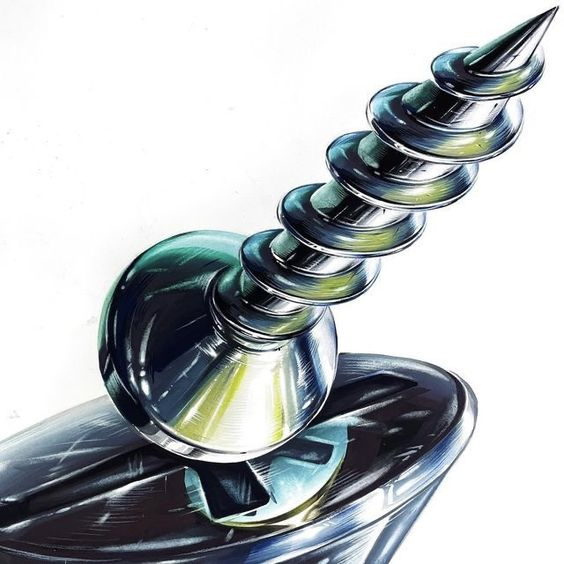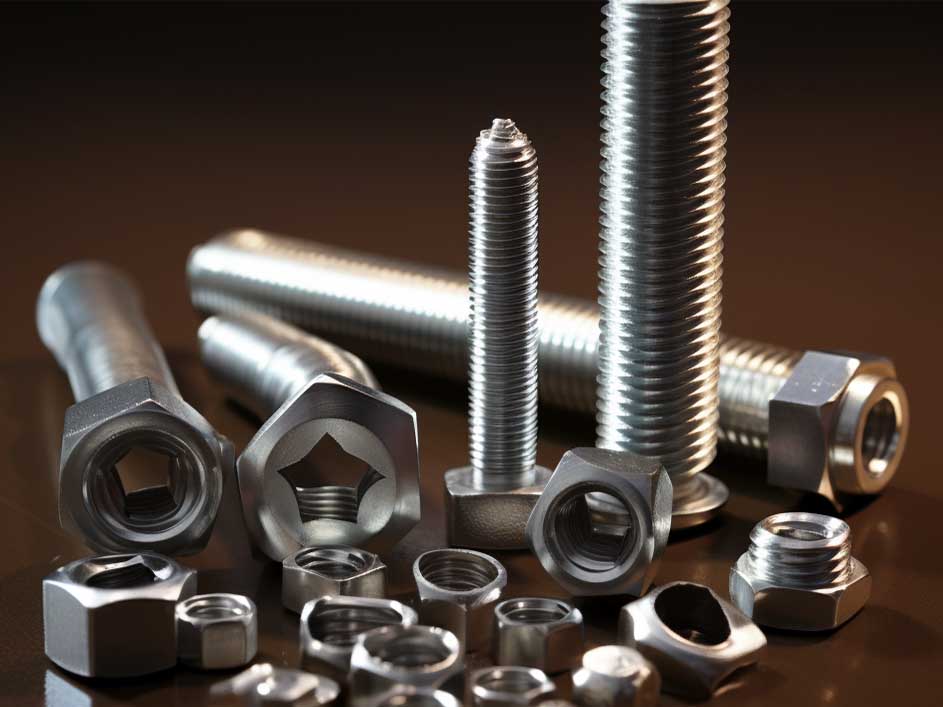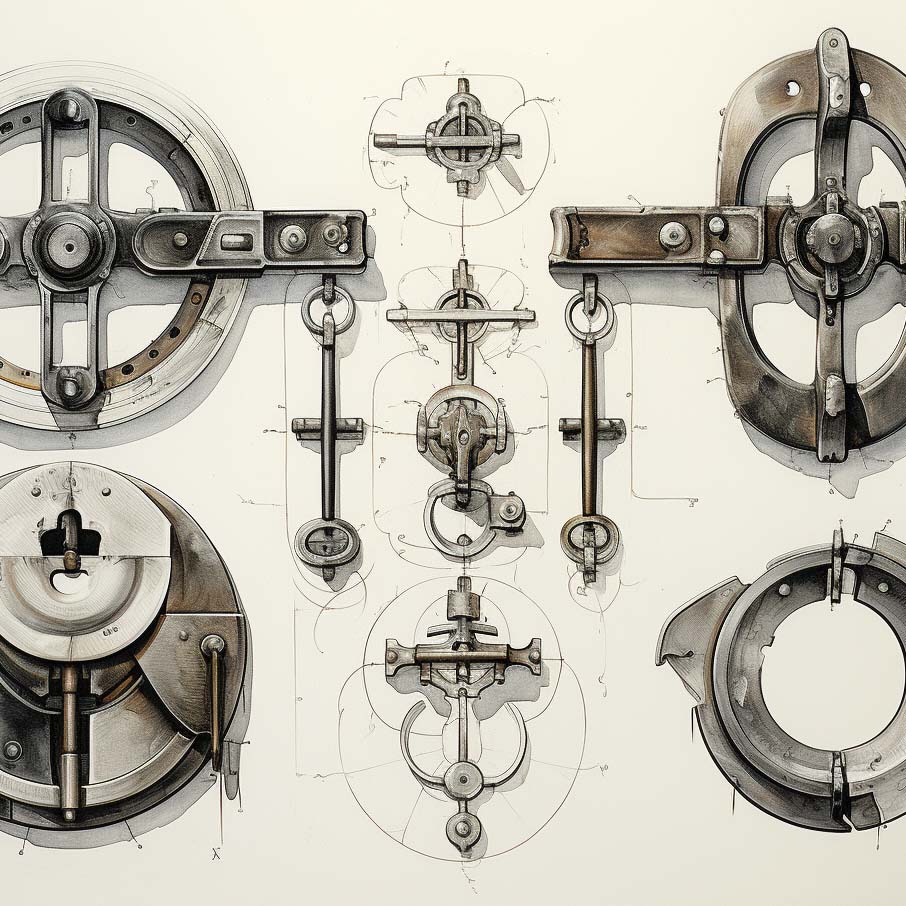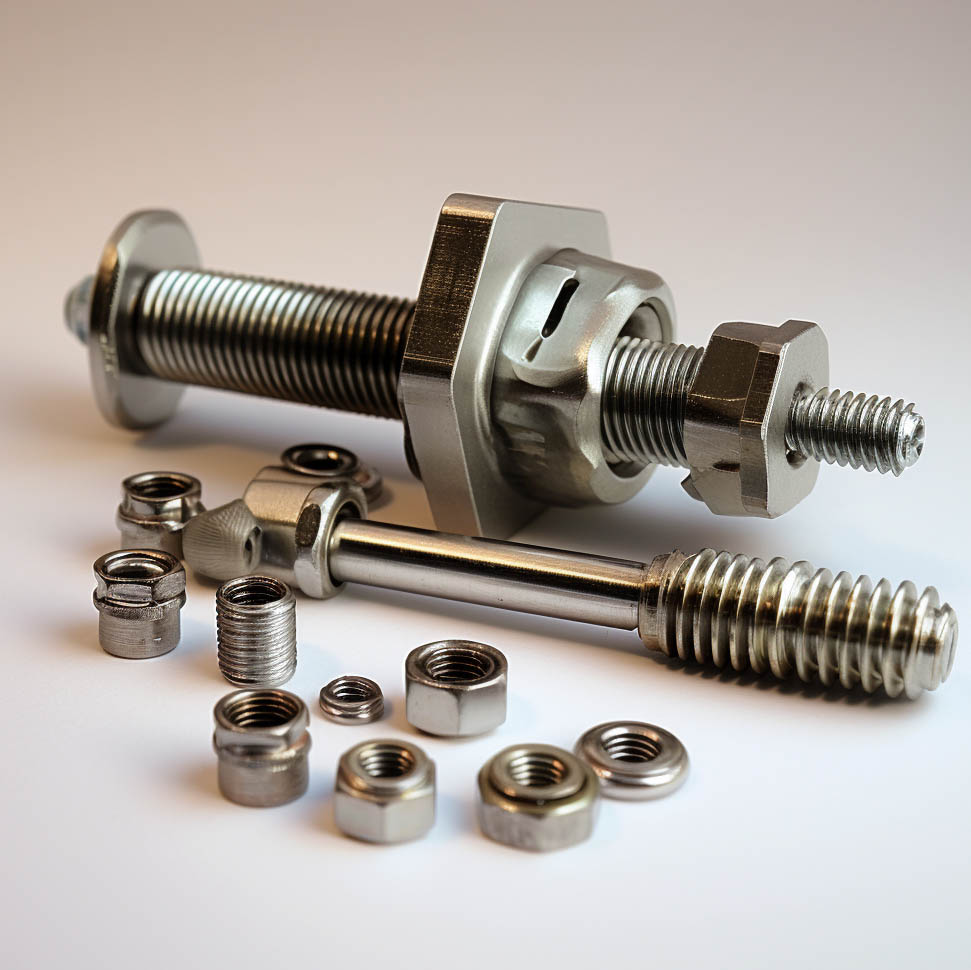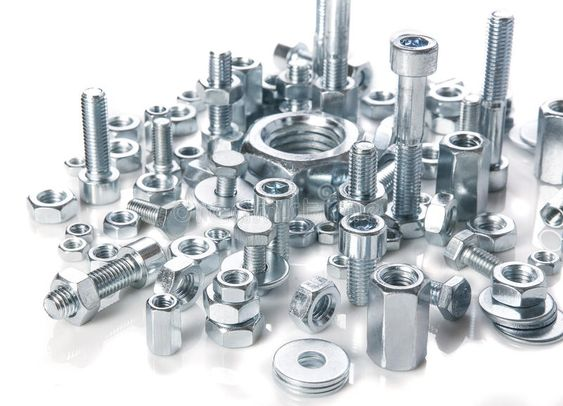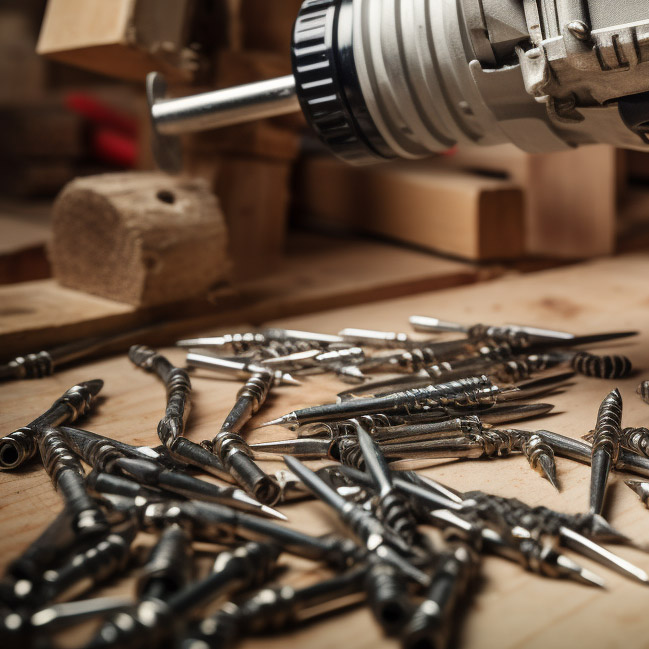Efficient Fastener Processing: Cold Extrusion Characteristics
Cold extrusion is a metal forming process that involves shaping metal by forcing it through a die at room temperature. This process is highly efficient in producing fasteners with superior mechanical properties, such as increased strength and improved surface finish. This process is particularly suitable for the extrusion deformation of larger workpieces, making the production of fasteners such as stud bolts with reduced shank, hexagonal nuts, and hexagonal flange bolts more efficient and accurate.
Imagine a cold extrusion machine standing quietly in a cold metal workshop. The workers skillfully put the metal blank into the cold extrusion die cavity and then start the machine. As the punch slowly presses down, the metal blank begins to deform plastically under strong pressure and gradually takes on the desired shape. This process does not require heating and is carried out completely at room temperature, so it is called cold extrusion.

The cold extrusion process is popular because it has many advantages. First, from the perspective of resource utilization, cold extrusion can reduce cutting and improve the utilization rate of raw materials. This is particularly important today when raw materials are increasingly scarce. Secondly, the production efficiency of the cold extrusion process is extremely high, which is dozens or even hundreds of times higher than that of traditional cutting. This means that companies can complete more production tasks in a shorter time and meet market demand.
In addition, the surface roughness and dimensional accuracy of the workpieces produced by cold extrusion are very ideal. The workpieces treated by cold extrusion can reach IT7-IT8 level and the surface roughness can reach R0.2-R0.6. This means that these workpieces hardly need to be cut in subsequent processing, which greatly saves production costs and time. At the same time, the strength of the workpiece after cold extrusion is also improved, and the fatigue resistance will also be improved, which makes the fasteners more reliable and durable during use.
In addition to the above advantages, the cold extrusion process can also process workpieces with complex shapes that are difficult to machine. In the field of fastener manufacturing, some workpieces are difficult to achieve using traditional cutting methods due to their complex shapes or special sizes. The cold extrusion process can easily meet these challenges and make the manufacturing of these workpieces possible.
Finally, the cold extrusion process also offers significant advantages from a cost perspective. It reduces workpiece costs because it improves raw material utilization, production efficiency, and workpiece quality. This is undoubtedly a huge boon for enterprises and helps them improve their market competitiveness.
Fastener Processing Tips
- Material Selection: Choose high-quality materials suitable for cold extrusion to ensure the production of durable and reliable fasteners.
- Die Design: Optimize die design to achieve the desired shape and dimensions of the fasteners, ensuring uniform material flow and minimal defects.
- Lubrication: Proper lubrication is essential to reduce friction and wear during the cold extrusion process, resulting in improved surface finish and extended tool life.
- Process Control: Implement strict process control measures to maintain consistent quality and dimensional accuracy of the fasteners.
In short, the cold extrusion process is increasingly used in the field of fastener manufacturing. Its high precision, high efficiency, low energy consumption and other advantages make it an advanced production technology. In the future, with the continuous development and advancement of science and technology, the cold extrusion process will be more widely used and developed.
Our Website: shttps://www.fastoscrews.com/, feel free to contact us.



